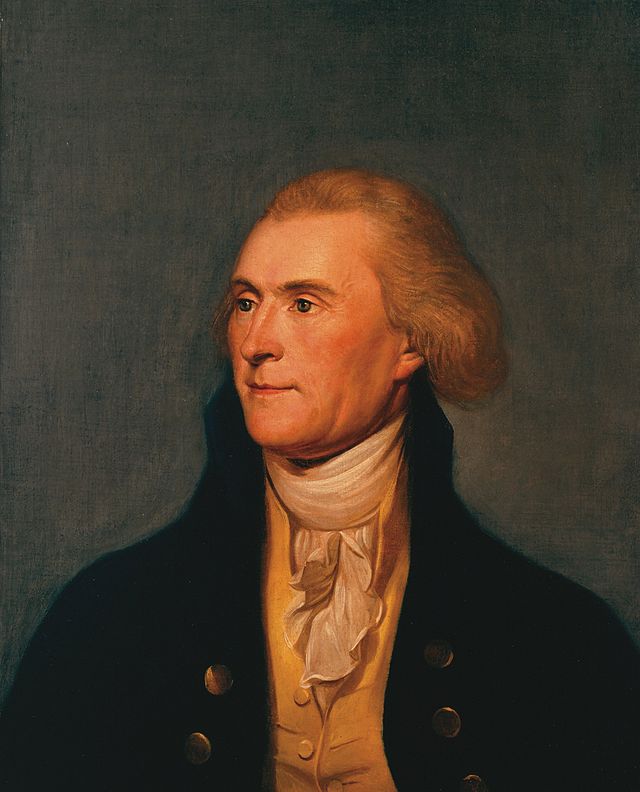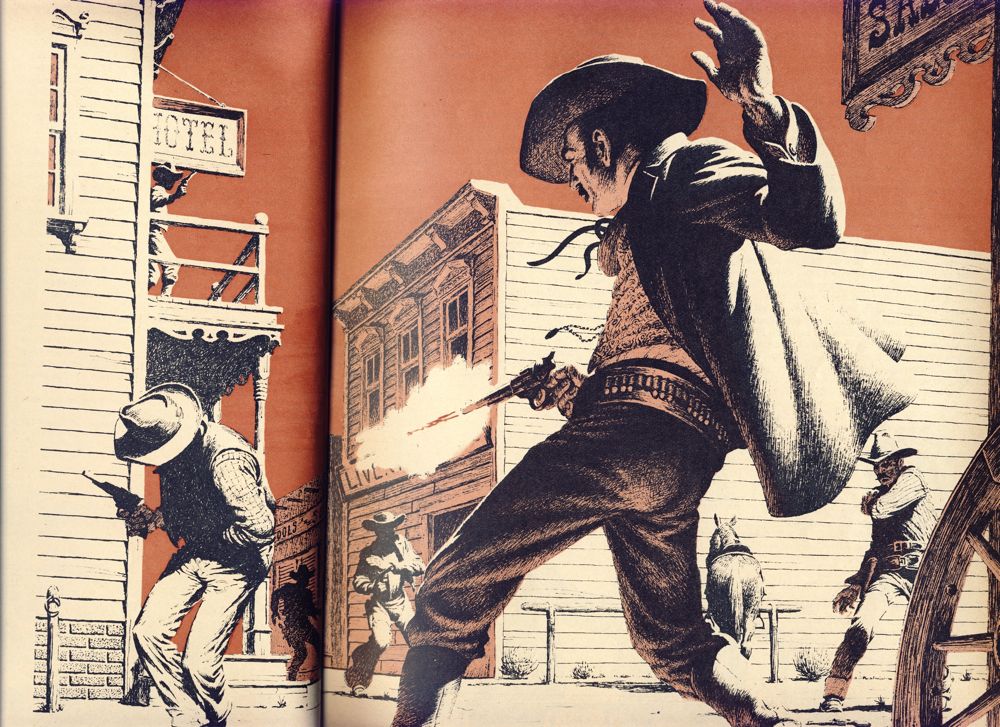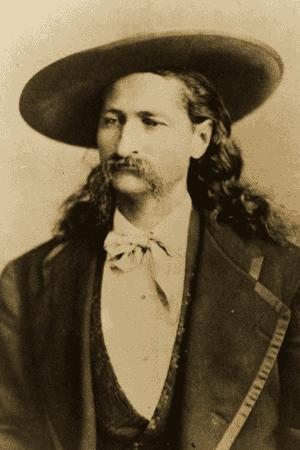On 5 September 1717, unknown to the incarcerated pirates, King George I issued a royal proclamation for the suppression of piracy that included a pardon.
. . . we do hereby promise, and declare, that in Case any of the said Pyrates, shall, on or before the Fifth Day of September, in the Year of our Lord One Thousand Seven Hundred and Eighteen, surrender him or themselves, to one of our Principal Secretaries of State in Great Britain or Ireland, or to any Governor or Deputy Governor of any of our Plantations beyond the Seas; every such Pirate and Pirates so surrendering him, or themselves, as foresaid, shall have our gracious Pardon . . . (Pirate’s, 81)
This is important to note, because there is some debate as to when exactly the authorities in Boston became aware of the pardon. There is some speculation that they knew the arrival of the pardon was imminent and thus hastened the trial and execution before it did. “The proclamation was sent out to the governors in the West Indies and the American colonies, who then had the responsibility of contacting the pirates.” (Cordingly, 205) On 9 December 1717, the Boston News-Letter published the proclamation. The Whydah pirates had been tried and convicted in October.
While the pirates awaited their trial, the Reverend Cotton Mather ministered to them. The eight pirates from the Mary Anne were about the third group of pirates he had ministered to since the famous Salem witch trials of 1690. At one point during the course of these discussions, Mather noted in his diary, "Obtain a reprieve and, if it may be, a pardon for one [of the] Pyrates, who is not only more penitent, but also more innocent than the rest." (Woodard, 227) Unfortunately, inquiries into historical records in Boston failed to unearth any evidence that Mather ever took any official steps towards obtaining such a pardon, nor for which specific pirate he meant to do so.
Peter says that during one of his sessions, the Reverend Mather wrote a letter to Peter's parents for him. He told them how sorry he was for hurting them so much. He also apologized for being a bad son and for not being more dutiful to them.
During the interrogation before his trial, Peter gave exact information about the treasure aboard the Whydah:
" The money taken in the Whido, which was reported to Amount to 20000 or 30000 Pounds, was counted over in the Cabin, and put up in bags, Fifty pounds to every Man's share, there being 180 Men on Board. . . . Their Money was kept in Chests between Decks without any guard, but none was to take any without the Quarter Masters leave." (Trial, 319)
Tried alongside Peter were Simon Van Vorst, John Brown, Hendrick Quintor, John Shuan, Thomas South, and Thomas Baker. It was time for them to face the court, and what a court they faced!
His Excellency Samuel Shute Esq; Governour,
Vice Admiral, & President. The Honourable William Dummer Esq;
Lieutenant Governour. The Honourable Elisha Hutchinson, Penn Townsend, Andrew Belcher, John Cushing, Nathaniel Norden, John Wheelwright, Benjamin Lynde, Thomas Hutchinson, and Thomas Fitch, Esqrs; of His Majesty's Council for this Province.
John Meinzies Esq; Judge of the Vice Admiralty.
Capt. Thomas Smart Commander of His Majesty's Ship of War the Squirrel, and John Jekyll Esq; Collector of the Plantation Duties. (Trial, 299)
The indictment “for Crimes of Piracy, Robbery & Felony committed on the high Sea” included several articles. First, the pirates “without lawful Cause or Warrant, in Hostile manner with Force & Arms, Piratically & Feloniously did Surprize, Assault, Invade, and Enter . . . the Mary Anne of Dublin . . . ." (Trial, 296) Second, they did "Piratically & Feloniously seize and imprison Andrew Crumpstey Master thereof . . . ." Third, they did "Piratically & Feloniously Imbezil, Spoil and Rob the cargoe of said Vessel . . . ." And fourth, they "over powered and subdued the said Master and his Crew, and made themselves Masters of the said Vessel . . . did then and there Piratically & Feloniously Steer and Direct their course after the above-named Piratical Ship, the Whido, intending to joyn and accompany the same; and thereby, to enable themselves better to pursue and accomplish their Execrable designs to oppress the Innocent, and cover the Seas with Depredations and Robberies." (Trial, 297)
After reading the indictments, the court declared "all and each of them ought to be punished by Sentences of the said Court with the pains of Death, and loss of Lands, Goods and Chattels, according to the direction of the Law, and for an Example and Terror to all others." (Trial, 297)
At this point in the trial, Simon Van Vorst asked for counsel for the pirates "that so they might be well advised on what to do." (Trial, 297) His request was granted, and one attorney, Robert Auchmuty, was appointed to defend all seven of the pirates, but after two of his motions were denied, he resigned. (Trial, 299) One of those motions was to allow Thomas Davis, a carpenter on the Whydah, to be brought in to give evidence on the pirates' behalf. The motion was rejected because Davis was also in prison for the same offense and his guilt or innocence had not yet been determined. (7) So the illiterate pirates were left to face the court alone. They all pleaded not guilty to the charges. They were given copies of the indictment and about two days to prepare for their trial. Weakened after months of confinement in a dark cell and a bread-and-water diet and compelled to stand during these proceedings, you can imagine how hard it was for any of the pirates to understand what the Advocate General was saying, much less what all of it meant. Mostly they understood that the entire proceedings were set heavily against them and they were in serious trouble.
During the trial, Peter declared in his defense that "He was taken by Capt. Bellamy in a vessel whereof John Cornelius was Master, That the said Bellamy's company Swore they would kill him unless he would joyn with them in their Unlawful Designs." (Trial, 306)
An interesting part of reading the trial transcript is that the prosecutor and witnesses have statements of one or more paragraphs, while the pirates' statements are sometimes only a sentence or two long. Obviously not much care was taken to record what each one actually said in his defense, an obvious bias by today's standards.
During their imprisonment, Blackbeard vowed to come to Boston to rescue them and actually did set out towards Boston from the West Indies. But before he had gone far, or had even left the harbor (depending on what source you read), he found out the authorities in Boston had blockaded the harbor with a man-of-war and several other ships. This represented way too much firepower for a pirate ship, so Blackbeard abandoned the rescue attempt. After the six pirates were hanged, he took out his vengeance on several ships from Boston, burning them to the waterline, cargo and all. One specific example was a ship called the Protestant Caesar, in the Bay of Honduras.
Although Peter’s trial was completed on 18 October, he and the other pirates were not hanged until 15 November 1717. All of them, except Thomas Davis, were found guilty of the crimes of piracy, robbery and felony on the High Seas. They were sentenced to be hanged until dead. Thomas Davis, a carpenter, was the only one whose plea of being a forced man was believed by the court. He was found not guilty.
In 1717 hanging was not like you see in Wild West movies where the noose is tied around the neck, a horse or wagon is kicked out from underneath the victim, his neck snaps from the force of the drop and, in a couple of minutes, he is dead. Hanging at this time was done by a method called the short drop. The noose was around the neck, but the body was only dropped a short distance, not enough to break the neck. What killed the person was the slow movement of the noose against the neck, causing a prolonged, torturous death by slow asphyxiation. The entire process took about fifteen to twenty minutes, during which time the body naturally struggled to breathe.
Hangings were a public event, attended by hordes of people, who jeered and taunted the victims. Even children were brought along to watch the victims choke to death. To get to the scaffold, the pirates walked through town to a canoe, where they were then rowed across to the mudflats at the Charlestown ferry landing to be hanged.
Cotton Mather accompanied them to the place of execution. Unfortunately, he did not record all of the conversations he had with the eight men during their several months of confinement. Aside from their interrogations before the trial, Mather only published his final conversations with them as they walked to the gallows. To add yet another unfortunate aspect to the lack of historical documents, he only wrote down these conversations after the hangings were concluded. He apparently was not accompanied by any sort of secretary or scribe to record the conversations as they happened. So their content must be seen through the filter of Mather's recollection.
He recorded his final conversation with Peter thusly:
CM: Hoof; A melted Heart would now be a comfortable Symptom upon thee. Do you find anything of it?
PH: Something of it; I wish it were more!
CM: To pursue the Good Intention, I will now give a Blow with an hammer, that breaks the Rocks to pieces. I will bring you the most Heart-melting Word, as ever was heard in the World. We find in the Sacred Scripture such a word as this; CHRIST, who is GOD, does beseech you, Be ye Reconciled unto GOD. That ever the Son of GOD should come to us, with such a Message from His Eternal Father! What? After we have so Offended His Infinite Majesty! After we have been so Vile, so Vile – and He stands in so little Need of us! To beseech such Criminals, to be Reconciled unto the Holy GOD, and be willing to be Happy in His Favour! O Wonderful! Wonderful! Methinks, it cannot be heard without flowing Tears of Joy!
PH: Ah! But what shall I do to be Reconciled unto GOD!
CM: Make an Answer, make an Echo, unto this Wonderful World of your SAVIOUR. And what can you make but this? – And for this also, you must have the Help of His Grace to make it; O my dear SAVIOUR, I beseech thee to Reconcile me unto GOD.
PH: Oh! That it might be so!
CM: A Reconciliation to GOD is the only thing that you have now to be concern’d about. If this be not accomplished before a few minutes more are Expired, you go into the Strange Punishment reserved for the Workers of Iniquity. You go, where He that made you, will not have Mercy on you; He that formed you, will shew you no favour. But it is not yet altogether Too Late. An Hearty Consent unto the Motions of the Reconciler, will prepare you to pass from an Ignominious Death, into [an] Inconceivable Glory.
PH: Oh! Let me hear them!
CM: First, You must Consent unto This; O my SAVIOUR, I fly to thy Sacrifice, I beg, I beg, that for the sake of That, thy Wrath may be turned away from me; I cannot bear to have thy Wrath Lying on me! Can you say so!
PH: I say it, I say it! CM: But then, you must Consent unto This also; O my SAVIOUR, I Cry unto thee, to take away all that is contrary to GOD in my Soul; and cause me to Love God with all my Soul; and Conquer my depraved Will; and bring to Right all that is Wrong in my Affections; and let my Will become entirely subject unto the Will of GOD in all things. Can you say so.
PH: I say it, I say it!
CM: lf it be heartily said, The Reconciliation is accomplished. But if you were to Live your Life over again, how would you Live it?
PH: Not as I have done!
CM: How then?
PH: In serving of GOD, and in doing of Good unto Men.
CM: God Accept you. Oh! That your SAVIOUR, might now say to you as He said in a Dying Hour, unto One, who died as a Thief, This Day thou shalt be with me in Paradise. I do with some Encouragement leave you in His Glorious Hands.
PH: O my dear JESUS! I lay hold on thee; and I resolve, never, never, to let thee go!
CM: May he help you to keep you hold, of the Hope set before you.
PH: My death this Afternoon is nothing 'tis nothing; 'Tis the wrath of a terrible GOD after Death abiding on me, which is all that I am afraid of.
CM: There is JESUS, who delivers from the Wrath to come; With Him I Leave you. (Mather, Instructions, 138-139)
On the scaffold, awaiting their hanging, Peter and Thomas Baker appeared “very distinguishingly Penitent.” (Mather, Instructions, 143) Nothing else is said about the appearance of the other pirates. John Brown gave a speech in “too much of the Language he had been used unto." (Mather, Instructions, 143)
No death certificate exists for Peter. Lacking burial records, modern researchers believe that after the pirates were hanged, their bodies were subsequently covered in tar and hung in gibbets near the harbor to rot and serve as a warning to sailors against becoming pirates. Absent other evidence, it would seem that this was the fate of the Whydah pirates.
Unfortunately, because of centuries of “wharfing-out,” the filling in and building up of land to extend the city farther into the harbor, it is no longer possible to walk the same ground that Peter did in 1717, as that ground simply no longer exists. The jail where he was held is long gone. The Old State House, where the trial was held, used to be almost at the harbor, but is now in the middle of downtown Boston (again because of the wharfing-out process). The building itself only vaguely resembles its original design. It has been re-purposed, restored, and re-built several times over the ensuing centuries. For example, the last time it was "re-worked," the architect installed a spiral staircase, which is not authentic to the building as the original design did not have one. Early in the 1900s the basement of the Old State House was excavated and turned into a subway stop now appropriately called the State station. It took public outcry to bring in legislation to prevent further commercialization of the building.
While visiting Boston, I made a trip to Provincetown, on Cape Cod, to visit the Whydah Pirate Museum. There I was able to see even more artifacts of the wreck of the Whydah. I was able to touch more coins, some ballast stones, a cannon round, and a bar shot. And yes, I got the same energy drain that I experienced during the traveling Real Pirates exhibit. In fact, I almost fell over!
Through all of this, Peter has been a wonderful person to work with. He was a happy-go-lucky person before the pirates took him captive. He still has a wonderful sense of humor. He also has the manners of a gentleman, even though the class restrictions of his day prevented him from actually being one. This ability to walk in both worlds, the world of manners and the world of the pirates, allowed him to survive and function among the pirates. I hope that writing this article will help his soul to move forward as he hoped.
The lesson I wish for you to take away from this is that any one of us, even someone who considers himself or herself to be a nice person, as Peter did, can make a poor choice or a bad decision. In Peter’s case, his choices and decisions put him into a situation that he could not readily get out of. It can happen to anyone.
This article is provided by the Pirates and Privateers blog here.
If you have questions about Peter, you can contact Laura at PeterandLaura55@yahoo.com, or you can visit her blog via: PeterCorneliusHoof.blogspot.com.
Copyright 2013 by Laura Nelson.



















